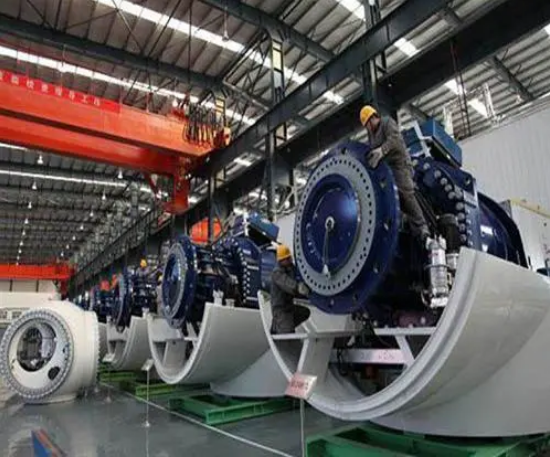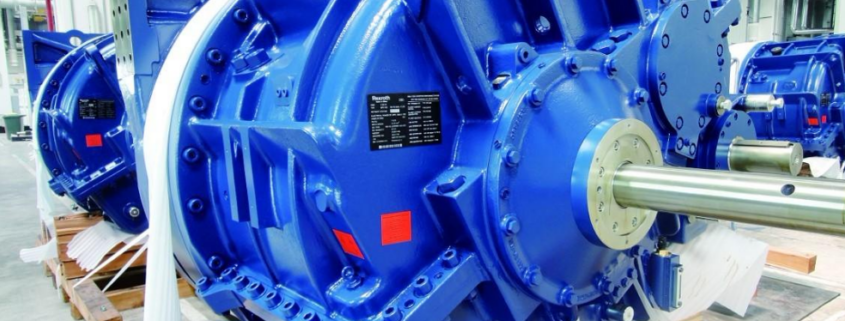Cause Analysis of Wind Power Gearbox Bearing Damage
With the prolongation of the running time of wind turbines, due to the harsh environment of wind farms, gearbox failures occur more and more frequently, such as oil leakage, tooth surface pitting, peeling, broken teeth, abnormal wear, bearing running circles, raceway pitting , Peeling and other phenomena.
There are many factors leading to the above defects, including manufacturing factors: gearbox structure design, load calculation, bearing selection, material selection, manufacturing and processing, test run and cleaning before leaving the factory, etc.; operating factors: control strategy, monitoring measures, maintenance methods; environment Factors: climate, changing wind conditions; control factors: if any link is not properly controlled, it will lead to hidden dangers, which will expand from small defects to large defects, causing irreversible damage to mechanical parts.
Therefore, from the factory to the phase-out and scrapping of wind turbine gearboxes, we must use the concept of full-life cycle management to reduce the damage rate and removal rate of the gearbox and shorten the recovery time through careful maintenance and scientific management, so as to achieve long-life and healthy operation of the gearbox. Improve unit utilization.
There are many reasons for the gear box to be damaged and removed from the shelf. Through investigation and data statistics, the defects are mainly manifested as: broken teeth of gears, pitting, wear and peeling of tooth surfaces, broken inner ring gears, damaged and stuck planetary gears, worn bearings, running of inner and outer rings. circle etc. The direct cause of these defects is mainly due to poor contact of the teeth, eccentric loading, excessive local stress, causing micro-cracks and gradually expanding, resulting in burns, pitting, and peeling of the tooth surface, resulting in local fracture of the tooth. The indirect causes of these phenomena may be related to factors such as design and manufacturing, materials and heat treatment, operation and maintenance, control strategies, and the environment. The specific situation of each gearbox will be different, but generally speaking, the initial manufacturing defect is a potential cause. During use, complex loads, improper maintenance, and failure to track and deal with it in time will accelerate the expansion of defects.




